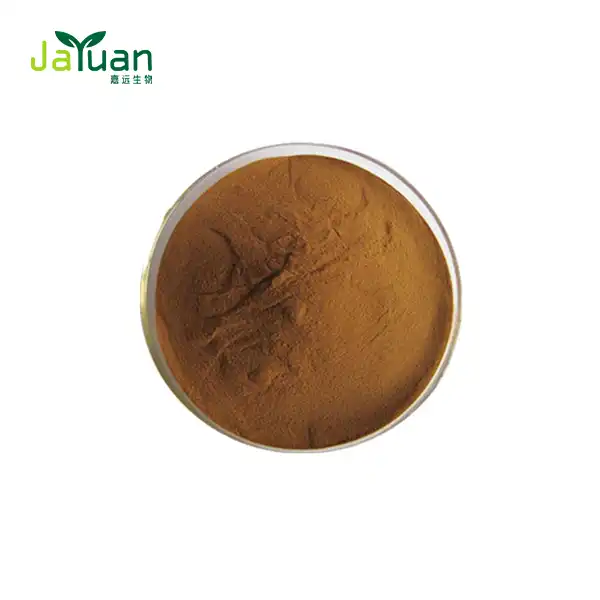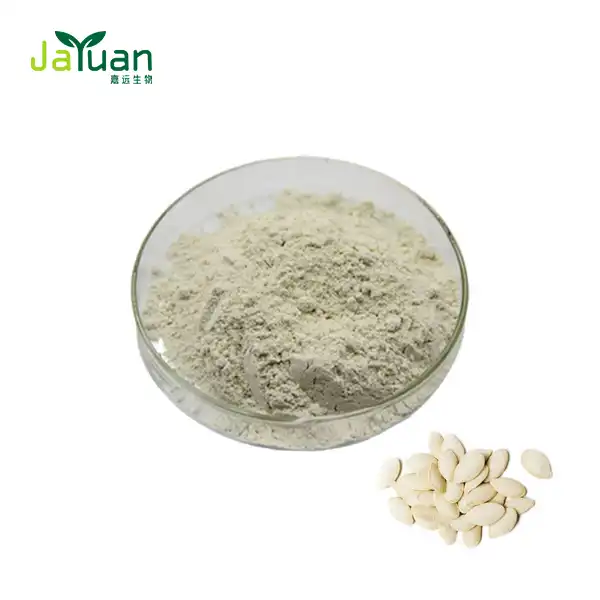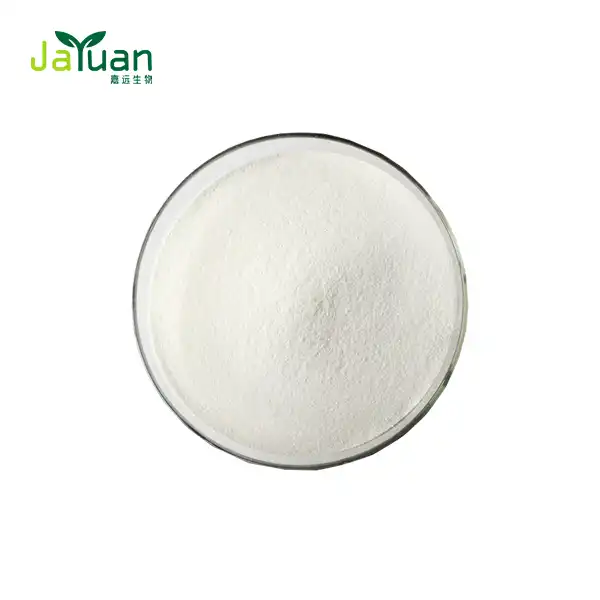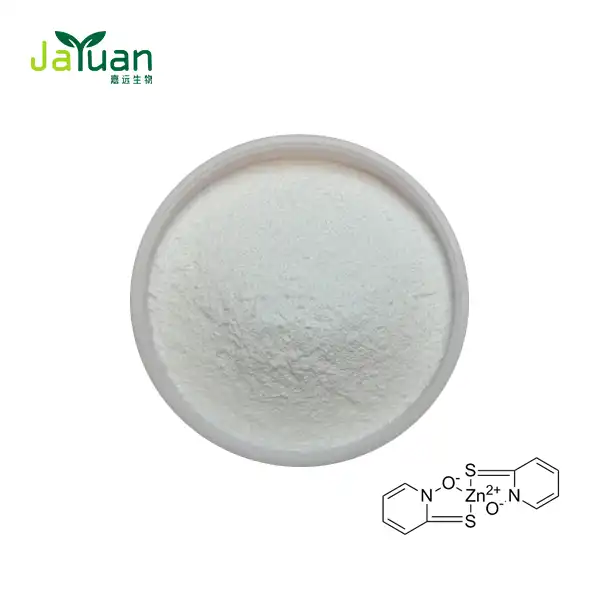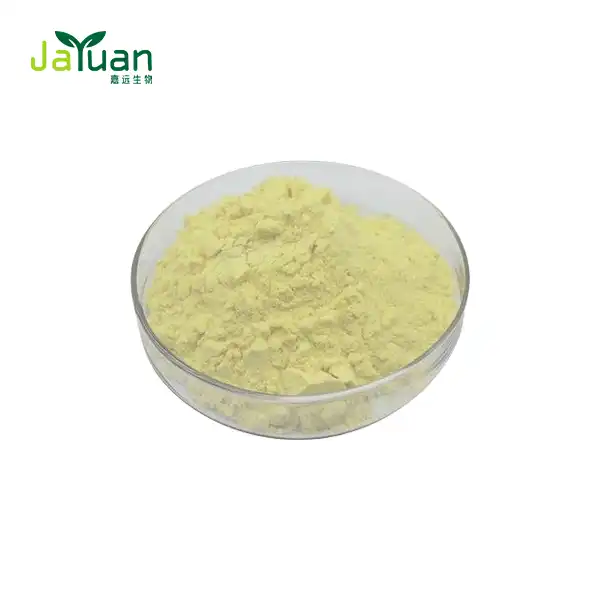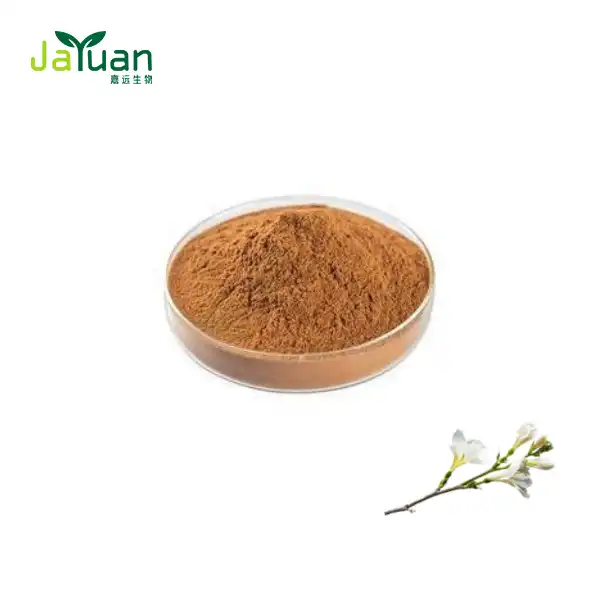what is natural tea polyphenols?
Introduction
Natural tea polyphenols, found bounteously in tea leaves, are compounds celebrated for their cancer prevention agent properties and different medical advantages. These polyphenols have a significant impact on the health benefits of tea as well as the flavor and color of the beverage. In this far reaching investigation, we dig into the importance, advantages, and admission of the product, drawing bits of knowledge from driving examination and well-qualified conclusions.
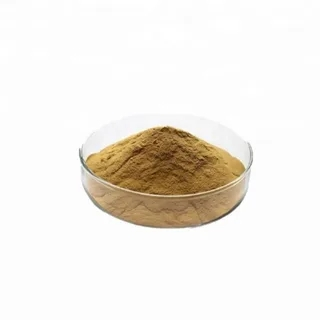
What main kinds of tea polyphenols are there?
Catechins
Catechins are the most noticeable kind of polyphenol tracked down in tea, especially green tea. They belong to a subset of flavonoids that are well-known for their antioxidant properties. Epicatechin (EC), epigallocatechin (EGC), and epigallocatechin gallate (EGCG) are the most important catechins. Among these, EGCG is the most examined and is accepted to offer the main medical advantages. Catechins are known to boost metabolism, support cardiovascular health, reduce inflammation, and aid in weight loss.
Theaflavins
Polyphenols known as theaflavins are primarily found in black tea. They are shaped during the maturation cycle, where catechins oxidize and consolidate with different mixtures to deliver these mind boggling particles. Theaflavin (TF), theaflavin-3-gallate (TF3G), theaflavin-3′-gallate (TF3′G), and theaflavin-3,3′-digallate (TFDG) are the primary theaflavins. Theaflavins are related with different medical advantages, for example, further developing stomach wellbeing, diminishing blood cholesterol levels, and displaying hostile to disease properties. Additionally, they contribute to the distinctive flavor and color of black tea.
Thearubigins
Thearubigins are one more gathering of polyphenols overwhelmingly tracked down in dark tea, coming about because of the lengthy oxidation of catechins during maturation. In contrast to catechins and theaflavins, thearubigins are bigger and more perplexing atoms. They are less very much described yet are known to assume a part in the tea's astringency and generally flavor profile. Additionally, thearubigins are thought to have health benefits, including antioxidant activity and potential cardiovascular disease prevention.
In outline, the primary kinds of natural tea polyphenols incorporate catechins, theaflavins, and thearubigins. Each type has unmistakable properties and medical advantages, adding to the assorted flavors and potential wellbeing benefits of various kinds of tea. Understanding these polyphenols can assist purchasers with pursuing informed decisions about their tea utilization in view of medical advantages and individual inclinations.
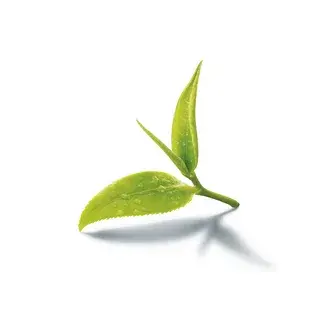
What Health Benefits Can Natural Tea Polyphenols Provide?
Featured Antioxidants
Tea polyphenols, especially catechins, are prestigious for their strong cell reinforcement properties. Free radicals, unstable molecules that can damage cells and cause oxidative stress, are neutralized by these compounds. By moderating oxidative harm, the products help safeguard against ongoing infections like cardiovascular sickness and disease. Polyphenols like epigallocatechin gallate (EGCG), which have a high antioxidant activity, have been shown to lower the risk of various diseases by reducing inflammation and improving overall health.
Cardiovascular Wellbeing
The cardiovascular health benefits of the product have been the focus of numerous studies. It has been demonstrated that catechins, particularly EGCG, which can be found in green tea, improve blood vessel function, lower blood pressure, and lower cholesterol levels. Polyphenols' ability to boost nitric oxide production, which helps relax blood vessels and improve circulation, is thought to be the source of these effects. Furthermore, the products can lessen the oxidation of LDL cholesterol, which is a critical consider the improvement of atherosclerosis. Tea's association with a lower risk of heart disease and stroke over time makes it an important part of a heart-healthy diet.
Benefits for weight loss and metabolism
The products likewise assume a part in digestion and weight the board. Catechins have been shown to aid in weight loss and maintenance by raising metabolic rate and fat oxidation. For example, EGCG and different catechins in green tea have been displayed to help digestion and improve fat consuming, which can uphold weight the executives endeavors. Additionally, the products may aid in diabetes and metabolic syndrome management by increasing insulin sensitivity and regulating blood sugar levels.
How Might You Expand Your Admission of Normal Tea Polyphenols?
Select the Best Teas and Methods of Brewing
It's important to choose the right kinds of tea and use the right brewing methods to get the most tea polyphenols. Green tea, prestigious for its high convergence of catechins, including EGCG, is a fantastic decision. These cancer prevention agents are known for their medical advantages, including worked on cardiovascular wellbeing and improved metabolic capability. White tea, which is negligibly handled, likewise contains a lot of polyphenols and can be an extraordinary expansion to your tea collection.
Oolong tea, to some degree matured, offers an alternate profile of polyphenols and can supplement your tea assortment. To capitalize on your tea, consider utilizing free leaf tea rather than tea packs. Free leaves for the most part hold more polyphenols and offer a more extravagant flavor. Additionally, it is essential to brew tea at the right temperature and for the right amount of time. For green tea, go for the gold between 160-180°F (70-80°C) and steep for around 2-3 minutes. Over-soaking or utilizing water that is too hot can debase a portion of the gainful mixtures.
Integrate Tea into Your Everyday Daily schedule
It is possible to significantly increase your polyphenol intake by including tea in your daily routine. Begin by supplanting sweet beverages and soft drinks with tea, which helps in decreasing calorie consumption as well as gives a consistent wellspring of cell reinforcements. For the individuals who appreciate assortment, take a stab at mixing various sorts of tea, like blending green tea in with a touch of oolong or dark tea. An even broader range of antioxidants may be provided by this.
You might want to give matcha, a powdered version of green tea, a try. Since matcha includes consuming the entire leaf, it offers a more focused wellspring of polyphenols contrasted with conventional prepared green tea. You can also increase your intake by experimenting with smoothies made with tea or cooking with brewed tea. For example, involving tea as a base for soups or in baking recipes can add both flavor and cell reinforcements to your feasts. Ordinary utilization of tea, close by other solid propensities, guarantees a consistent admission of polyphenols and adds to generally prosperity.
Conclusion
In conclusion, natural tea polyphenols represent a fascinating class of compounds with diverse health-promoting properties. From their potent antioxidant effects to their potential roles in weight management and skincare, these polyphenols continue to captivate researchers and consumers alike. Incorporating tea rich in polyphenols into a balanced lifestyle may offer numerous health benefits, ranging from cardiovascular support to skin protection and beyond.
If you are interested in our products, you can contact us by email at sales@jayuanbio.com.
References
1. Mandel, S., & Youdim, M. B. H. (2011). Catechin Polyphenols: Neurodegeneration and Neuroprotection in Neurodegenerative Diseases. Free Radical Biology & Medicine, 51(5), 1-15.
2. Khan, N., & Mukhtar, H. (2008). Tea Polyphenols for Health Promotion. Life Sciences, 81(7), 519-533.
3. Mandel, S. A., & Youdim, M. B. H. (2010). The Role of Polyphenols in Neurodegenerative Diseases: Therapeutic Potential. CNS Neuroscience & Therapeutics, 16(3), 238-246.

